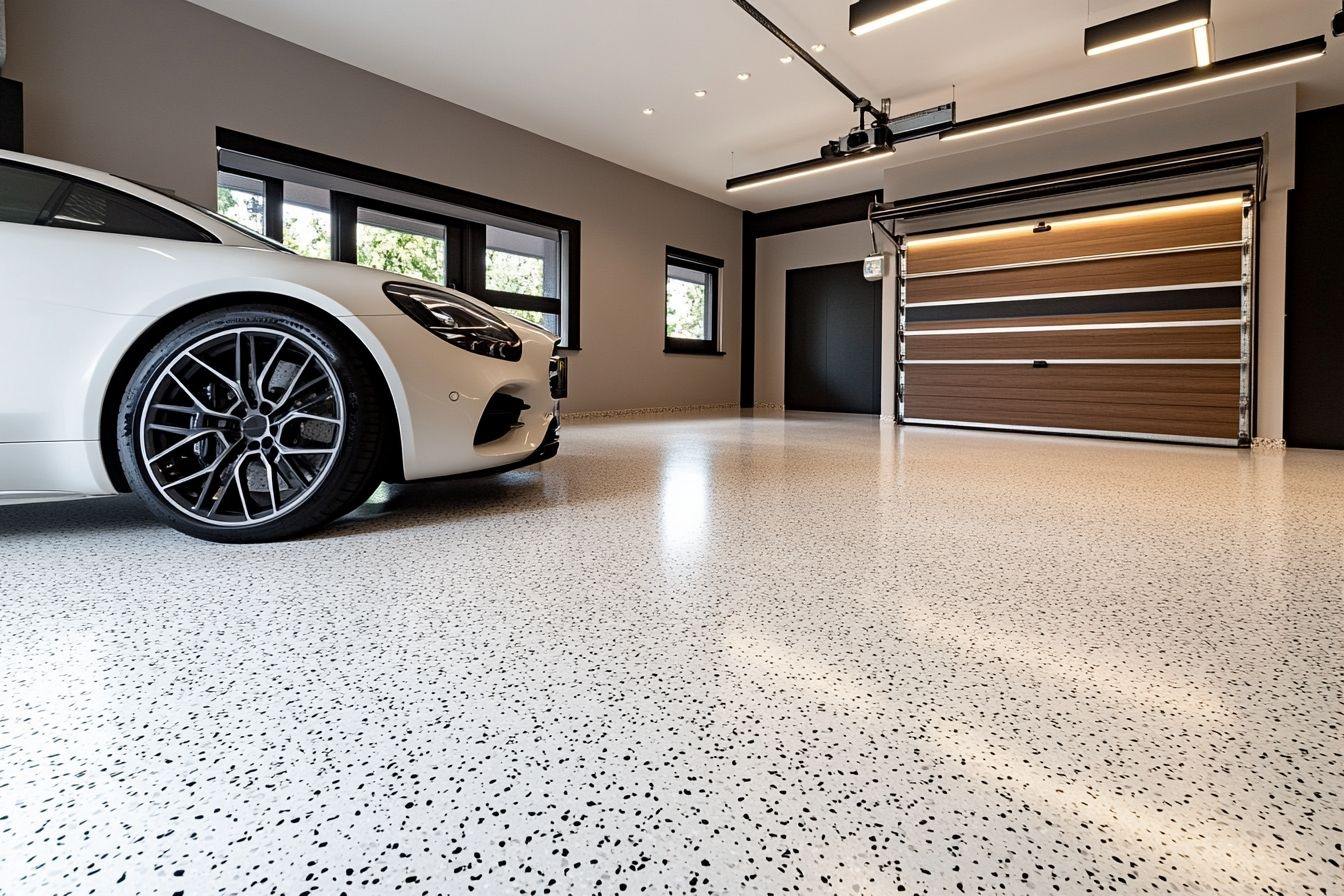Integrating Smart Controls and Touchless Fixtures in Home Wash Areas
Smart controls and touchless fixtures are reshaping how homeowners approach wash area remodels and renovations. From automated faucets to sensor-driven lighting and ventilation, these technologies aim to improve hygiene, accessibility, and resource conservation while fitting into contemporary tile and plumbing layouts.

Home wash areas are increasingly a blend of practical design and smart technology. Integrating touchless fixtures, connected controls, and sensor-driven systems affects choices about tiles, tiling patterns, plumbing access, lighting layout, storage solutions, ventilation strategy, and sustainability goals. Thoughtful integration during a remodel or renovation can reduce retrofit complexity, protect finishes, and improve long-term maintenance while supporting accessibility and conservation objectives.
Smart design for remodel and renovation
A successful remodel or renovation begins with a clear plan for how smart controls will sit within the overall design. Early decisions influence tile selection and tiling patterns so sensors and mounting plates align with grout lines and waterproofing. Planning also reduces surprises in plumbing routing and electrical placement for controllers and actuators. When possible, coordinate with local services for wiring, network provisioning, and code-compliant plumbing work. A layout that dedicates space for access panels or concealed valves simplifies future maintenance and keeps the aesthetic clean without sacrificing functionality.
Touchless fixtures with tiles and tiling
Touchless faucets, soap dispensers, and flush valves need secure mounting and moisture-tolerant surroundings. Choose tiles and adhesives compatible with sensor housings and ensure tiling does not obstruct infrared or capacitive sensors. Surface finishes matter: highly reflective tiles can affect sensor calibration, while textured tiles may collect more debris near fixture bases. Proper sealing where fixtures meet tile prevents water ingress that can damage electronics. During installation, test sensors before finishing grout to allow adjustments and avoid repeated drilling into finished tilework.
Plumbing and fixtures: integration basics
Integrating smart fixtures often requires changes to plumbing layouts and valve access. Many touchless faucets use solenoid valves or low-voltage actuators that must be placed within reach of shut-offs. Concealed plumbing can remain compatible if access panels are included for servicing the electronics and valves. Work with licensed plumbers who understand both traditional fixtures and sensor-operated valves to ensure backflow prevention and water efficiency standards are maintained. Compatibility between fixture manufacturer components and existing supply lines reduces the need for extensive pipe work and helps keep renovation timelines predictable.
Lighting, storage, and accessibility
Lighting and storage are key to user experience in smart wash areas. Motion-sensor lighting, dimmable controls, and programmable scenes improve visibility for showers and vanity areas while supporting energy savings. Storage designs should keep electronics away from damp zones yet provide easy access to batteries or controllers. Accessibility considerations—such as sensor ranges, lever-style manual backups, and reachable control panels—make smart systems usable for people with mobility challenges. Thoughtful placement of grab bars and non-slip tiles complements automation to create a safer, more functional space.
Ventilation, sustainability, and conservation
Integrating humidity-sensing ventilation and programmable exhaust fans helps protect tiles, grout, and finishes by reducing moisture buildup. Smart water-conserving fixtures—low-flow sensor faucets, pressure-regulating valves, and efficient showerheads—contribute to conservation goals without compromising comfort. Controls can also schedule or limit hot water circulation to reduce energy use. When selecting components, prioritize water- and energy-efficiency certifications and consider lifecycle impacts: durable electronics and replaceable parts improve sustainability over disposable options.
Maintenance and design for showers
Showers combine heavy water exposure with frequent use, so smart features need robust placement and maintainability. Digital thermostatic valves and programmable shower controls should be installed with accessible service panels and clear isolation points for plumbing. Tile selection and grout sealing are crucial to prevent leaks that could reach control modules. Design for easy cleaning by minimizing crevices where water or soap scum accumulates, and choose sensor placements that remain effective with typical use patterns. Regular maintenance checks—battery or power supply, sensor calibration, and valve integrity—keep systems reliable.
Smart integration in wash areas lifts both function and comfort when planned alongside core design elements. By coordinating tile and tiling work, plumbing, lighting, ventilation, storage, and accessibility needs early in a remodel or renovation, homeowners can avoid retrofit complexity and support long-term sustainability and maintenance goals. Thoughtful choices around fixtures, sensor placement, and service access create wash areas that are convenient, hygienic, and resilient.





